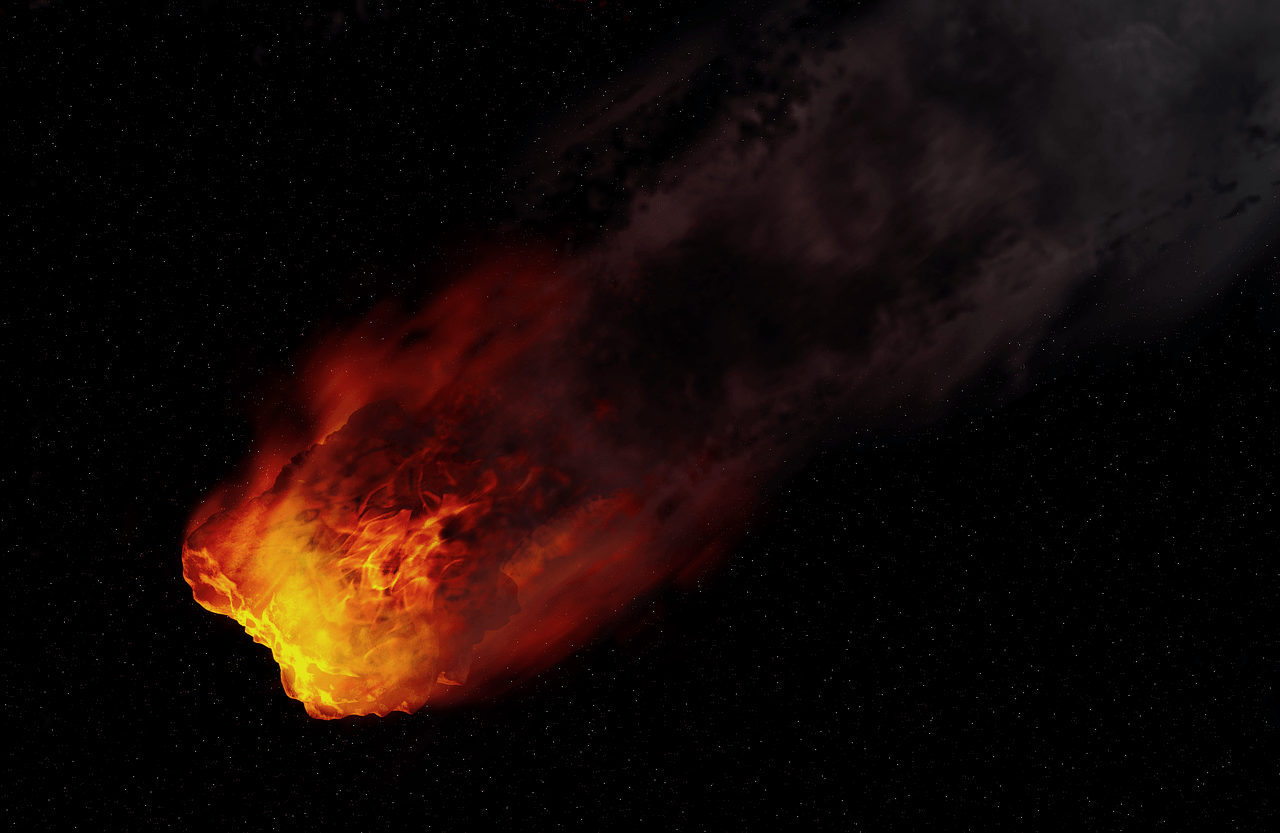Does the universe like even number mass elements more than the odd? Is there a reason why the universe “hates” the odd?
Well, scientists while discovering elements, observed a strange pattern known as the Oddo-Harkin’s rule. It was observed that elements with an even atomic number are more abundant than both elements with the adjacently larger and smaller odd atomic numbers. This tendency of abundance was first observed by Giuseppe Oddo and William Draper Harkins hence the name, Oddo-Harkin’s rule. The rule states that: the cosmic abundance of elements with an even atomic number is greater than that of adjacent elements with an odd atomic number. Consequently, a graph plotting relative atomic abundance against increasing atomic number (Z) displays a ‘toothed’ curve, rather than a smooth line with the even numbered elements making the teeth, and the odd numbered elements making the recesses between them.
There are two possible explanations for this anomalous observation in nature:
1) Big Bang, and H and He are created. They form stars. As these stars go through their lifetime, late stages create He fusion, and lighter elements are created and some stars go supernova, when elements between Si and Fe are created, as well heavier elements than Fe are created. Let’s look at the late star stages, before supernova. At no other time or location are they created in such massive quantities.
There is a VERY preferential creation of even elements over odd at all times.
During late star stages initial quantities of ‘even’ lighter elements are created when He fuses with He, Be, C, O, Ne, Mg, Si, S, and Ar. This process is called the Alpha Ladder.
The ‘odd’ elements are also created, but from H fusion with the products of the Alpha Ladder, thus fewer odd elements are created, as they depend upon the supply of the
even elements.
2) The symmetry of nucleon pairs, a neutron paired with a proton, appears to create a more stable nucleon, than an unpaired neutron or proton. Also, symmetry of a pair of pairs, or alpha particle, within the nucleus appear to be more stable over unpaired neutron/proton pair. Elements with odd atomic numbers have one unpaired proton and are more likely to capture another, thus increasing their atomic number. It is possible that in elements with even atomic numbers, protons are paired, with each member of the pair balancing the spin of the other; even parity thus enhances nucleon stability.
This rule does not apply to hydrogen (with atomic number 1) and is the most abundant element in the universe. This may be because, in its ionized form, a hydrogen atom becomes a single proton, of which is theorized to have been one of the first major conglomerates of quarks during the initial second of the Universe’s inflation period, following the Big Bang. Another exception to the rule is beryllium, which is rarer than lithium and boron. This discrepancy results from the fact that most of the universe’s lithium, beryllium, and boron are made by cosmic ray spallation, not ordinary stellar nucleosynthesis, and beryllium has only one stable isotope, causing it to lag in abundance with regard to its chemical element neighbors, which each have two stable isotopes.




